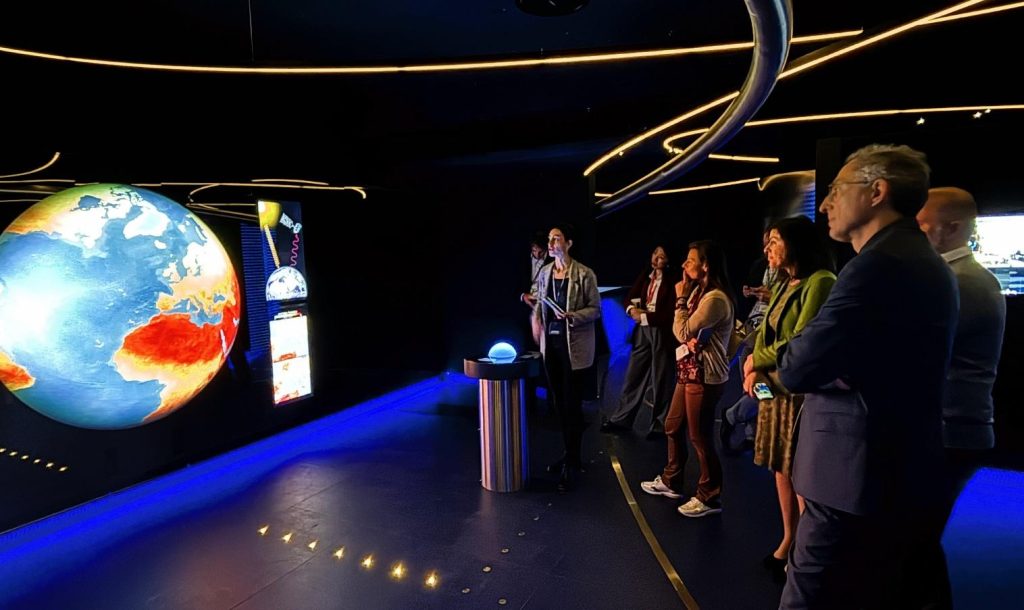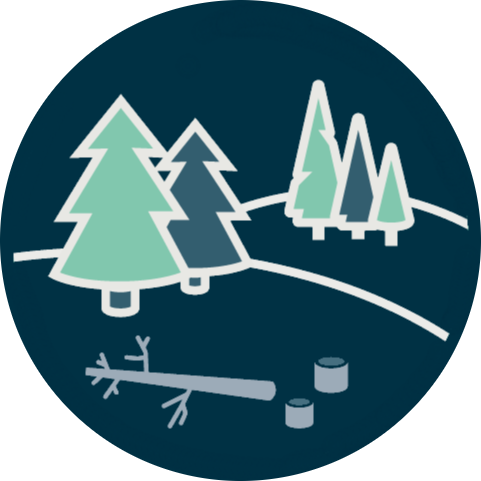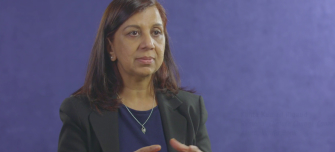Frascati, Italy – March 21st, 2024: The European Space Agency (ESA) welcomed delegates from the European Bank of Reconstruction and Development (EBRD) to its ESRIN Earth Observation (EO) facility, marking a significant step towards anticipated collaborative efforts on using space-based technologies and data to address pressing global challenges like climate change.
The EBRD operates in nearly 40 economies across Europe, Asia and Africa with a mandate to foster a transition to sustainable market economies and support the private sector. Since 1991, the EBRD has invested EUR 190 billion in over 6,800 projects across all sectors of the economy.
Under its Green Economy Transition approach, the EBRD has aligned all its operations with the mitigation and adaptation objectives of the Paris Agreement and set a green finance target of at least 50% of annual business volume by 2025. The EBRD supports the public and private sector with the transition towards a green economy through a combination of finance, technical assistance, and policy dialogue. Its climate finance initiatives have been pivotal in supporting not only larger clients but also assisting smaller clients like SMEs and facilitating local financing markets by providing green dedicated credit lines and capacity building to local partners in the EBRD region of engagement.
In light of the imperative to achieve the global transformation to net-zero emissions by 2050, a partnership between ESA and EBRD has potential for significant impact by integrating satellite Earth Observation (EO) into development operations. This collaboration could offer the unique opportunity to fully exploit the capabilities of space technologies beyond raw data to actionable insights and from awareness to tangible impact.
Why space-based data for international development?
For over forty years, satellites observing Earth have supplied crucial data to tackle our planet’s evolving challenges. Space holds vast untapped potential in aiding comprehension through modelling and bolstering policy development, execution, monitoring, and impact assessment. Space stands poised to deliver an array of sustainable remedies and customised services tailored to the needs of global development endeavours led by International Financial Institutions (IFIs). ESA’s ongoing involvement in this field, currently advancing through initiatives like the Global Development Assistance (GDA) programme, dates back more than a decade. Building on its precursor initiative, ‘Earth Observation for Sustainable Development (EO4SD)’, over $100 million have been mobilised through GDA by ESA and its IFI partners, supporting 67 countries since 2021. GDA focuses on integrating EO into development activities, strategically engaging stakeholders, assessing requirements, developing services, and stimulating associated capacity building.
How did the meeting go?
The meeting, attended by key representatives from ESA and EBRD, signals a convergence towards utilising and mainstreaming EO satellite data within EBRD’s global development projects for robust sustainable development. Rune Floberghagen, Head of ESA’s Climate Action, Sustainability & Science Department, provided insights into ESA’s strategic objectives, particularly emphasising the utilisation of space-based technologies to address pressing global challenges.
Likewise, Mr. Gianpiero Nacci, Director for Sustainable Business & Infrastructure in EBRD’s Climate Strategy and Delivery team, reiterated the banks’ commitment to climate and sustainability, with 50% of its financing dedicated to green projects on an annual basis and all its projects being aligned with the Paris Agreement targets.
EBRD aims to expand markets by working closely with various stakeholders including commercial banks, private companies, and other international organisations and local stakeholders.
“We are supporting the green transition of our clients and helping them on their path towards aligning with the Paris Agreement objectives. Getting the best data available to be more effective and impactful with our projects is essential.”
Gianpiero Nacci, Director Sustainable Business & Infrastructure in the Climate Strategy and Delivery (CSD) team
Mr. Lorenzo Ciari, Director of the Impact team in the EBRD’s Vice Presidency for Policy and Partnerships mentioned during the visit how space data can be used effectively for better impact evaluation of development projects as well as for example to study industrial and urban development, migration, agglomeration economies, and regional integration amongst other things.

“The potential of using space data and applications for impact evaluation is one of the key innovative areas that will allow us to better assess projects’ effectiveness and achievements on the climate, inclusion and digital objectives of the Bank.”
Lorenzo Ciari, EBRD Director for Impact
In the afternoon, following a tour through ESA’s Φ-experience, comprehensive presentations on the vast array of ESA’s sustainability initiatives by its key stakeholders showcased the transformative potential of ESA’s EO data and underscored ESA’s commitment to facilitating the uptake of EO data for sustainable development on a global scale. These included examples from ESA’s Global Development Assistance (GDA) programme, the Climate Change Initiative (CCI), initiatives on water and agriculture (such as WorldCereal) as well as urban, clean energy, and raw material topics, and finally the Space for Green Future (S4GF) Accelerator, a co-governed and independent non-profit partnership to scale up the Green Transition.

What’s the next step?
Looking ahead, both EBRD and ESA are interested to further explore and deepen their engagements together with the common goal to drive meaningful impact for society. This prospective partnership will aim to first identify initial key themes to target, stimulating cooperation in selected EBRD development projects through demand-driven integration of EO based solutions across project phases, i.e. ranging from design and implementation to monitoring and evaluation of projects’ impact. By leveraging EO data, the objective is to develop and transfer scalable and impact-driven tools and services tailored for EBRD’s development initiatives across their green, digital and economic inclusion objectives – with EBRD complementing ESA’s input to foster operational uptake.
“Satellites are taking the pulse of our planet’s health and provide us with crucial information to better understand and mitigate the effects of climate change by translating information into greener practices for companies and society.”
Fani Kallianou de Jong, Principal in CSD Green Financial Systems
What are the wider benefits of this collaboration?
The integration of space data in international development projects holds immense potential for fostering sustainability and addressing global challenges. Beyond facilitating sustainable living on Earth, space data plays a pivotal role in aiding decision-makers in achieving carbon neutrality by 2050. By leveraging advanced technologies and solutions developed through space data integration, we gain invaluable tools to monitor the effectiveness of climate change adaptation and mitigation strategies. This comprehensive approach not only enhances our understanding of Earth’s ecosystems but also empowers us to make informed decisions that positively impact the planet’s health and resilience for generations to come.
“ESA warmly welcomes the strong interest of EBRD to integrate satellite EO into their development assistance activities. Leveraging our long experience of engaging with IFIs and current instruments such as GDA and S4GF, we will aim to capitalise on this momentum and work together to foster EO uptake and achieve sustainable impact at scale.”
Christoph Aubrecht, ESA’s Global Development Assistance Programme Coordinator

















